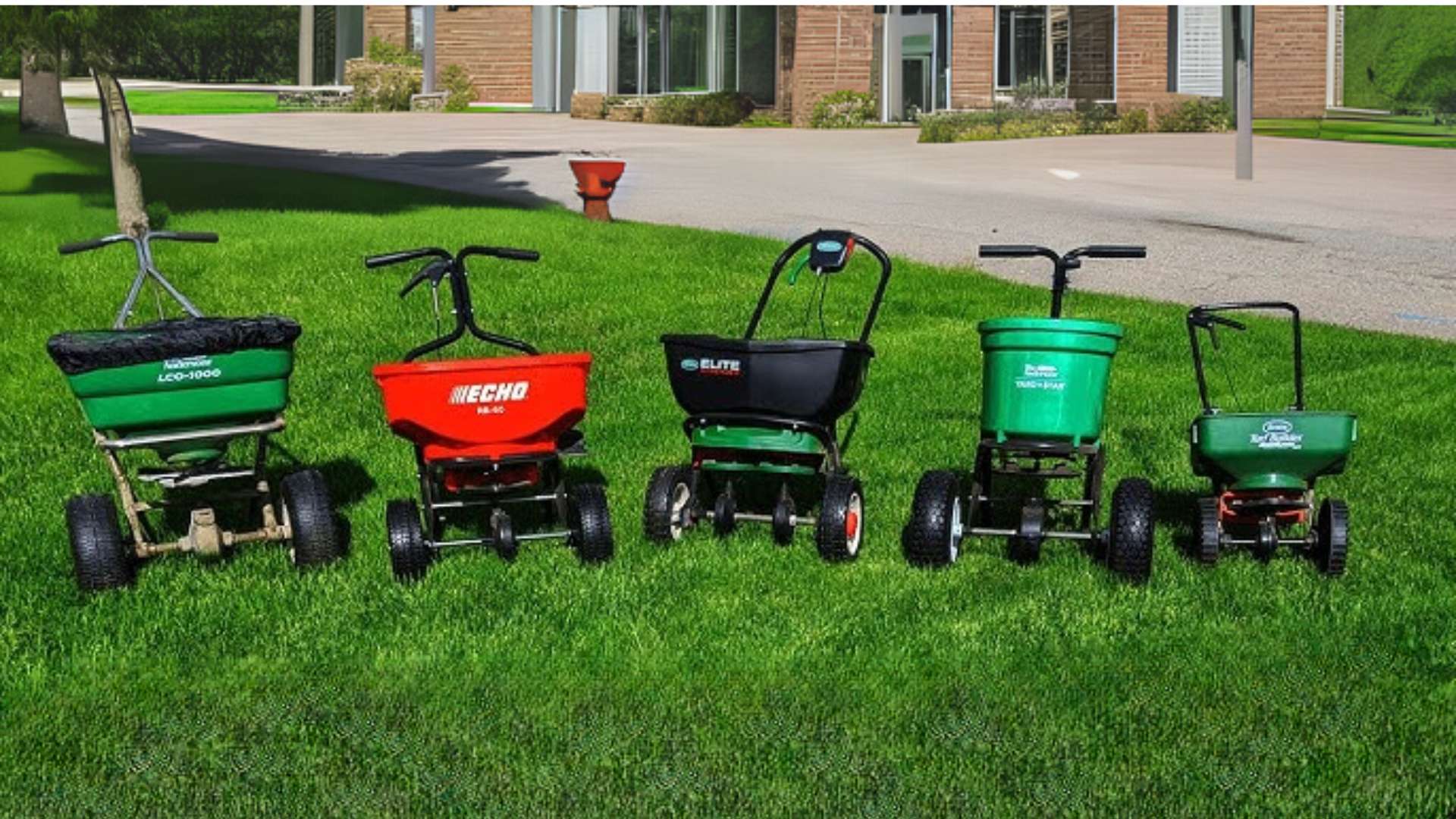Okay, here’s my blog post about using a commercial lawn fertilizer spreader, written in a casual, personal style:
Alright, so my lawn was looking pretty sad. Patchy, yellowing in spots – the whole nine yards of “neglected”. I knew I needed to fertilize, but I wanted to do it right this time. No more hand-spreading and ending up with weird stripes. I decided to go big and get a commercial-style spreader. Yeah, maybe overkill for my yard, but I figured it would last forever and do a darn good job.

Choosing the Right One
First things first, I had to pick one out. I went to the local hardware store and honestly got a little lost looking at all the kinds. There are these little ones you push, big ones you push, even ones you tow behind a tractor (which, again, overkill). I ended up grabbing a broadcast spreader, medium-sized, that looked sturdy enough to handle my somewhat bumpy lawn.
Getting Started
I read the instructions on the fertilizer bag very carefully. That’s super important, people! It told me how much fertilizer to use per square foot. Then, I did some quick math (okay, I used a calculator) to figure out how much fertilizer I needed for my whole yard.
Next, I needed to set the spreader’s flow rate. This is usually a little dial or lever on the spreader. The fertilizer bag had a recommended setting for my specific spreader (lucky me!). If it hadn’t, I would’ve had to do some trial and error – spread a little, see how much it covers, and adjust. I found the recommended setting on the spreader after carfully searching.
The Spreading Process
- Fill ‘er up: I poured the fertilizer into the spreader’s hopper.
- Start walking: I started pushing the spreader at a steady pace across my lawn. I made sure to overlap my passes slightly, like the instructions said, to avoid any gaps.
- Engage : I made sure to engage the trigger or lever when I started to spread.
- Keep it moving: I made sure to keep a consistent speed. Too fast, and I’d miss spots. Too slow, and I’d over-fertilize.
- Close the hopper: When I reached the end of a row, I released the trigger/lever to stop the flow before turning around.
- Avoid the driveway: It will be very difficult to clean it up.
Cleaning Up
After I was done, I gave the spreader a good cleaning. I used a garden hose with spray function, and then washed it off. Fertilizer can be corrosive, so you don’t want to leave it sitting in the spreader.
That’s it! It wasn’t rocket science, but I definitely felt like a pro using that spreader. My lawn is already looking greener and healthier, It is still in progress. I’ll update the progress of the lawn in the future, stay tuned!